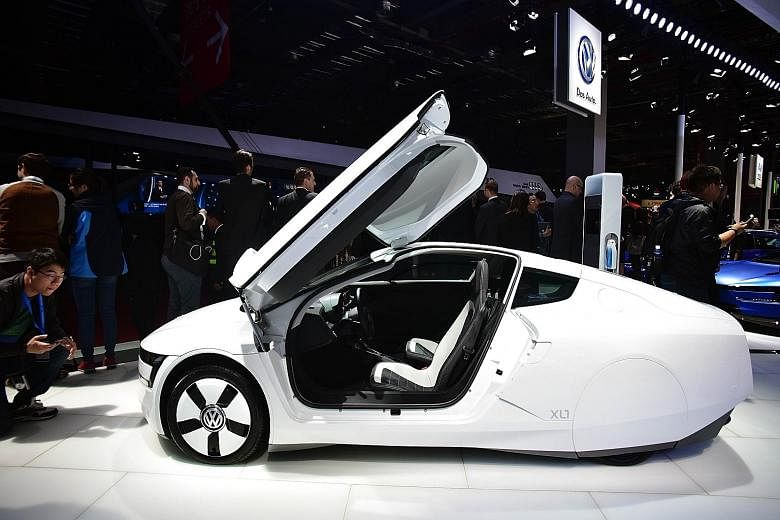Motorists assume technologies such as touchscreen monitors, reverse cameras and automated parking are designed by car manufacturers. The truth is, most of these systems are developed by third-party suppliers.
Continental is one such supplier. At its latest technology show, held once every two years at its headquarters in Hannover, Germany, it revealed some of the things that may appear in cars soon.
Hassle-free parking
Imagine parking your car without being in it. Four fish-eye cameras mounted in the grille, at the rear and under the wing mirrors help capture a 360-degree view of the car's surroundings and displays the information on a touchscreen. The driver then picks out his desired parking spot, and the car does the rest. The system can even be operated remotely via a specially developed app on the driver's smartphone.
No more mirrors
Cameras will replace mirrors to improve efficiency (less aerodynamic drag) and safety (no blind spots). Continental showcased this in a test car, but the feature is already applied in the Volkswagen XL1, a limited production plug-in hybrid that supposedly covers 100km on a litre of fuel.
Augmented reality
Head-up displays, which project information such as speed and navigation instructions onto the windscreen, are already seen in a number of cars today. Continental wants to take that technology further.
Its Augmented Reality Head-up Display uses a digital micro-mirror to project 3-D-like information. For example, it can display speed limits, highlight lane markings and provide graphic markings to show the distance of the vehicle in front.
Touchy-feely touchscreen
Drivers often complain that touchscreens are distracting because they need to look at the screen to make sure a control has been activated. Continental's solution is to develop a touchscreen system that offers haptic feedback, which gives the user some sort of impulse that can be felt whenever he operates the system. The system is clever enough to distinguish between an intentional command and an accidental touch.
Curved screens
Active-matrix organic light-emitting diodes - a mouthful of a technology commonly called Amoled. It offers crystal-clear displays with minimal energy consumption; and is commonly used in televisions, smartphones and tablets. Continental is using Amoled in a new generation of screens - including curved ones - that marry analogue and digital displays.
•The writer is a contributor to Torque, a motoring monthly published by SPH Magazines.

